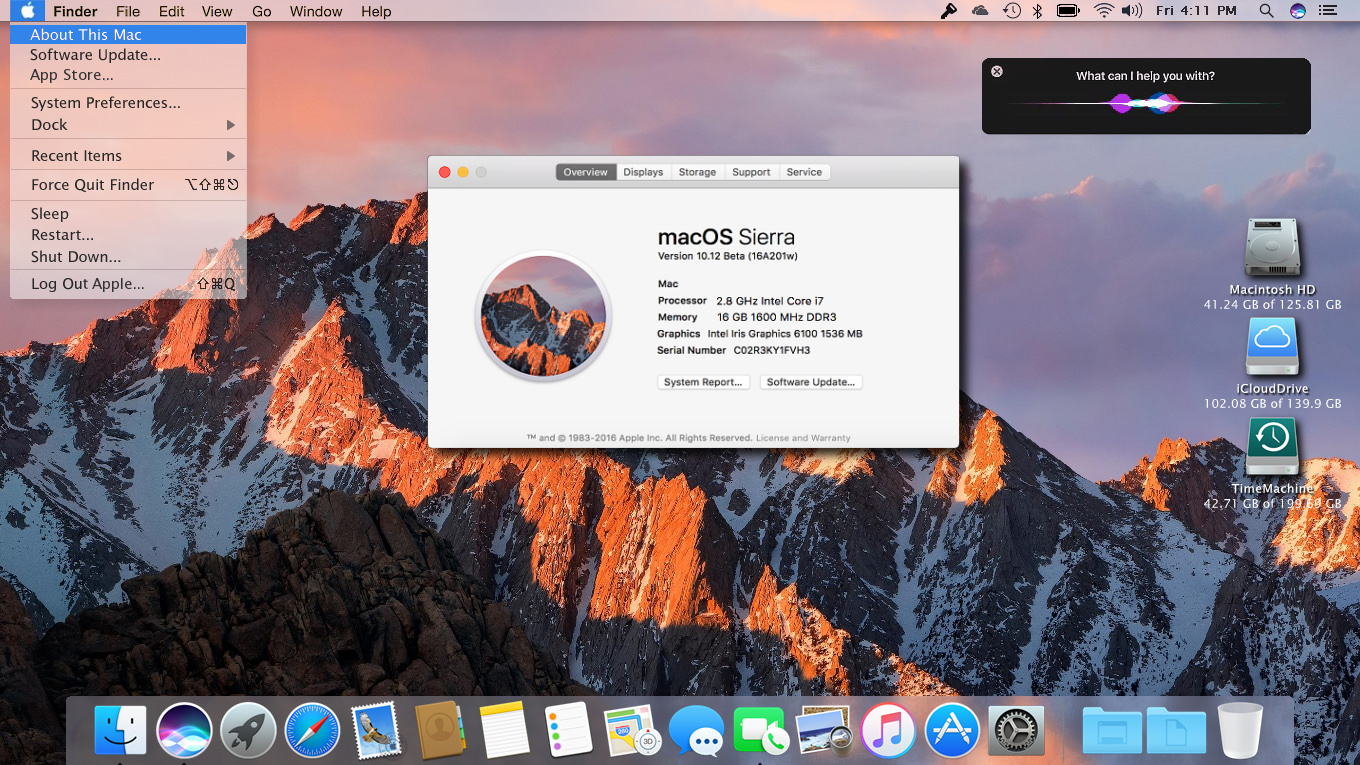

I want to restore Mac from an external hard drive. " Is it possible to restore Mac from USB drive on Mac? I heard somebody said that but I don’t know the details. And here is the support doc on using macOS Recovery with M1 Macs including reinstalling macOS.Updated to macOS Data Recovery Tips by Johnson on Apr 18, 2022 You’re good to quit Apple Configurator 2 on your secondary Mac and unplug the USB cableįor more on reviving and restoring M1 Macs, you can find Apple’s support document here.Apple highlights that when a restore is successful for an M1 Mac, the macOS Setup Assistant will appear.Like with a revive, “When you restore the Mac, you must verify that the process was successful because Apple Configurator 2 may not alert you.”.You Mac will restart when the process is finished.The process may take some time and during it the Apple logo will show up and disappear.Choose Restore on the dialog box to confirm the process.From the menu bar up top, pick Actions > Restore.In Apple Configurator 2, pick the M1 Mac you want to restore.Restoring from the secondary (working) Mac Now you can Quit Apple Configurator 2 and unplug the USB cable.Apple notes that “When you revive the firmware, you must verify that the process was successful because Apple Configurator 2 may not alert you.”.From the menu bar up top, pick Actions > Advanced.In Apple Configurator 2, select the M1 Mac you need to revive/restore.Reviving from the secondary (working) Mac You should see the status indicator light turn red (amber) but you won’t see any screen activity for now.While still pressing the power button, plug the power cable back in.Unplug your Mac mini power cable for at least 10 seconds.Have it plugged into a monitor to see when the process is complete.After 10 seconds, release all of the keys except the power button until the Mac shows up in Apple Configurator 2 on your secondary MacĪpple notes that “You won’t see any screen activity” on the Mac you’re trying to revive/restore.As you’re holding the power button down, simultaneously press all of these keys for roughly 10 seconds.Preparing a non-working M1 MacBook Air or Pro Plugged into power and connected to the internet.Make sure you’re on the latest version of Apple Configurator 2.Use Apple Configurator 2 on the secondary Mac to revive or restore.Restart your M1 Mac that’s not responding with a special sequence.Launch Apple Configurator 2 on a secondary Mac and connect it to your Mac that’s having issues.If that doesn’t work or you know you want to erase your M1 Mac, you can perform a restore. If your M1 Mac is unresponsive, you can try a revive first which won’t erase your data. A USB-C to USB-C cable (or USB-A to C cable) Apple notes it must support power and data and Thunderbolt 3 cables won’t work for this process.Apple notes “You may need to configure your web proxy or firewall ports to allow all network traffic from Apple devices to Apple’s network 17.0.0.0/8.” Read more on this here.A second Mac with the latest version of Apple Configurator 2 installed (and internet access).If you can’t do that or know you want to fully restore your M1 Mac, here’s what you’ll need: What you need to revive or restore M1 Macs Now choose Reinstall macOS and hit Continue and follow the prompts.With your Mac powered off, press and hold the power button until you see “Loading startup options”.
#System restore on apple mac pro 2012 full
If you can boot up your M1 Mac to macOS Recovery, you may be able to reinstall macOS without having to revive or do a full restore which both require a second Mac and Apple Configurator 2. As such, you’ll want to have your data backed up. What is an M1 Mac restore?Ī restore will erase your Mac’s drive but it also restores the firmware, updates recoveryOS to the most recent version, and reinstalls the latest version of macOS. However, keep in mind that if you need to reinstall macOS after performing a revive, that will erase your drive.

A revive is designed to not make any changes to the startup volume, the user’s data volume, or any other volumes. A revive updates the firmware and updates recoveryOS to the latest version. In very rare circumstances, such as a power failure during a macOS upgrade, a Mac may become unresponsive and so the firmware must be revived. Here’s how Apple describes when you would need to “revive” an M1 Mac and what it does:
#System restore on apple mac pro 2012 how to
How to revive and restore M1 Macs – MacBook Air, Pro, and Mac mini What is an M1 Mac revive?


 0 kommentar(er)
0 kommentar(er)
